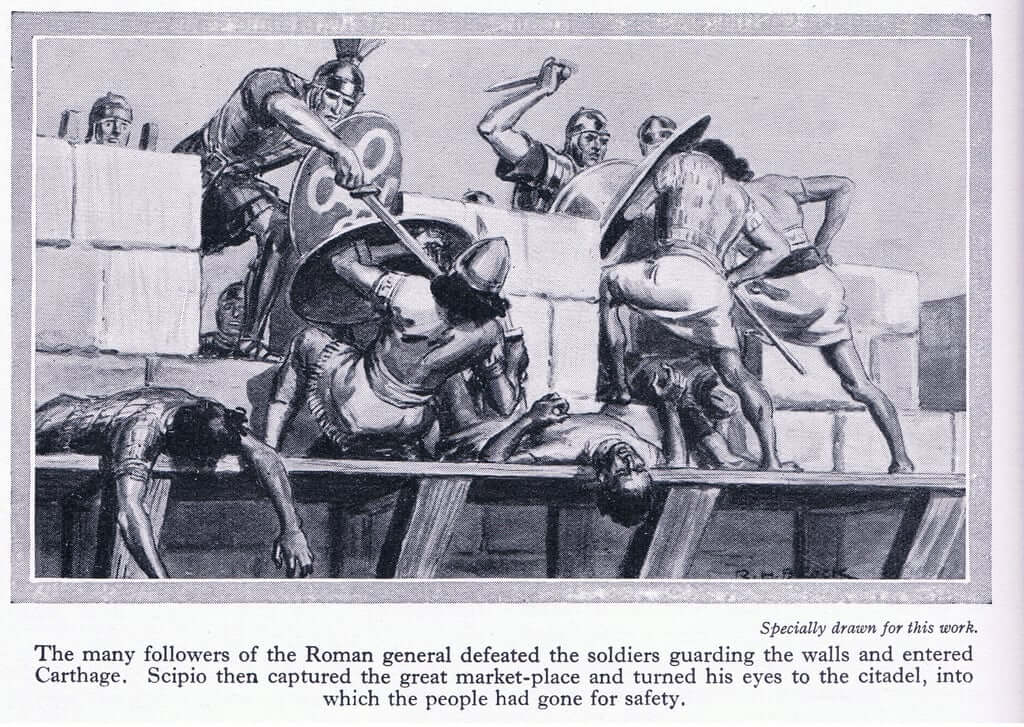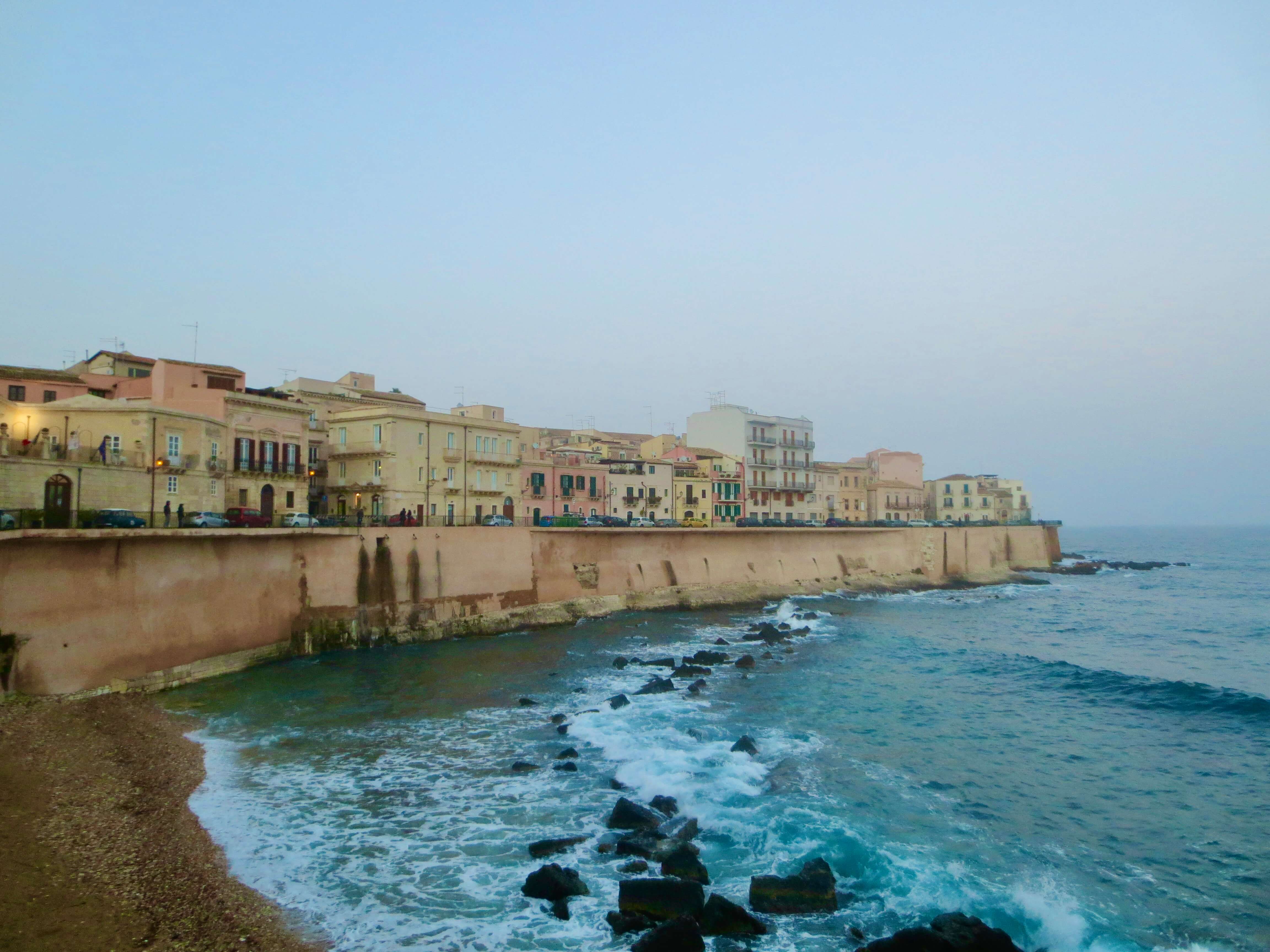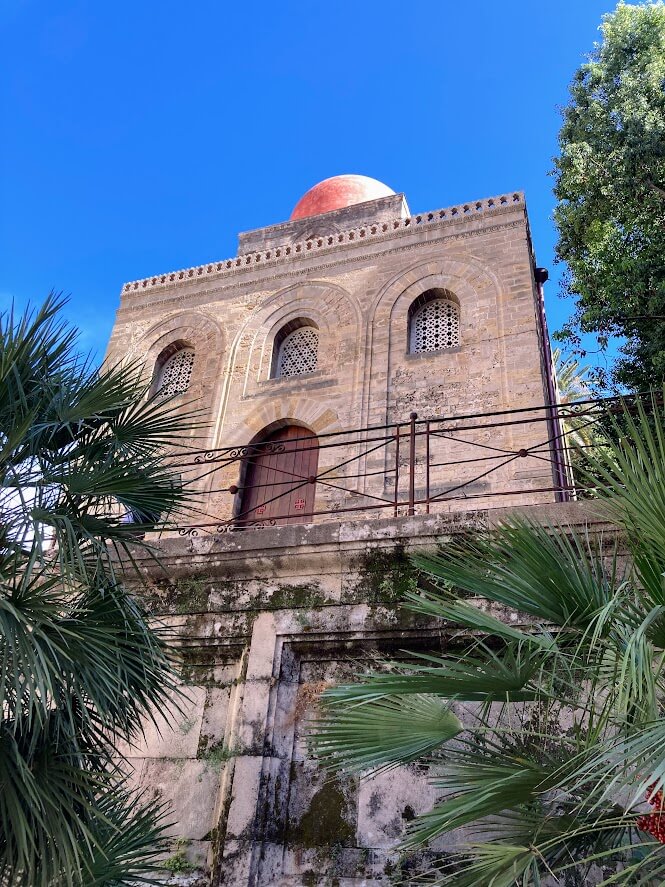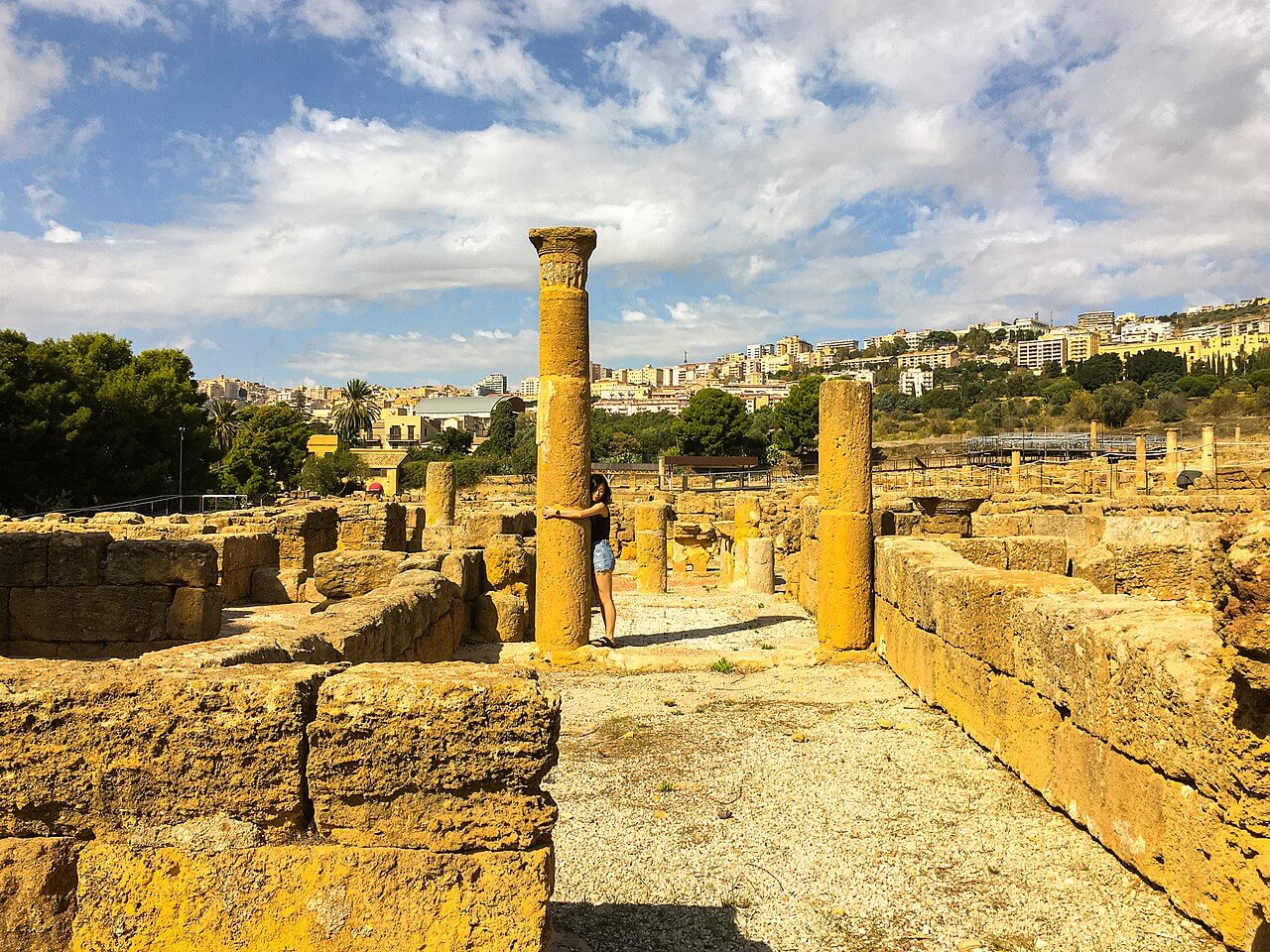- Home
- History of Sicily
- Ancient Sicily
ANCIENT SICILY: A MELTING POT OF CULTURES
Sicily has always been a multicultural island. Even before the Greeks, it was inhabited by many different tribes. They laid the foundations on which ancient Sicily was later built.
Sicily's first inhabitants were the Elymians, Sicanians, and Sicels, the last of whom gave the island its name. At that time, there was also migration from the southern Italian mainland to the island.
Thanks to its central location, Sicily has been a cultural crossroads throughout history. The island has been inhabited since 1300 BC.
The Phoenicians from Carthage in North Africa also discovered the island early, in the 11th century BC, when they began to settle in western Sicily.
Later, western cities such as Palermo, Marsala, and Trapani remained under Carthage's rule. Carthage's hegemony in the West Sicily ended only with the Punic Wars. After the end of the Punic Wars, Rome overthrew Carthage and conquered Sicily.
 Richard Henry Brock: "The Siege of Carthage" (1915).
Richard Henry Brock: "The Siege of Carthage" (1915).History of Ancient Sicily
Ancient history in Sicily can be traced back to the arrival of the Greeks on the island in the 8th century BC.
This was the so-called Archaic period of ancient Greece. Tyrants ruled the city-states. At this time, Sicily was the scene of many wars, with different rulers fighting for control.
From the 5th century BC onwards, democracy became a common form of government in the Greek world. But it did not prevent wars from breaking out. Wars, in turn, caused momentary setbacks as democratically elected rulers were replaced by tyrants.
Syracuse, then the most considerable city in Sicily, sided with Sparta against Athens in the Peloponnesian War. At the same time, Carthage increased its power in the western part of the island, which also caused concern for the Greek colonies.
Carthage remained a constant nuisance until the 300s BC when the new superpower Rome intervened. In the so-called Punic Wars, Rome destroyed Carthage and took over Sicily.
Under Roman rule, Sicily became a unified administrative region for the first time.
 A rainy day on the island of Ortigia in Syracuse.
A rainy day on the island of Ortigia in Syracuse.Ancient Sicily's Cultural Heritage
Greek settlements grew first in the east and south of the island. The most important city was Syracuse, founded in 734 BC.
Other critical Greek cities included Akragas (now Agrigento) and Selinunte. All of these still today contain significant remnants of ancient Greek culture.
In addition to physical architecture, the Greeks brought a classical civilization. This enabled Sicilians such as Archimedes and Empedocles to become the leading thinkers of their time.
The Roman influence on Sicilian culture was more minor. Culturally, the island remained Greek even under Roman rule.
Sicily's fertile soil attracted the Romans, who reformed the island's agriculture. This meant large farms owned by governors who often lived somewhere far away.
In the long term, Roman agriculture was destructive to the soil. Famous fertility of the island only returned after the Arabs brought their own - more sophisticated - farming techniques.
But Rome still left something. Christianity came to Sicily during its reign and has not left since. Even today, Sicilians are devout Catholics.
 Norman church in Palermo.
Norman church in Palermo.Exploring Ancient Sicily: Must-Visit Destinations
Sicily is home to many important ancient Greek ruins. These are to be found mainly on the sites of the significant Greek settlements.
The Valley of the Temples in Agrigento and the archaeological park of Syracuse are must-see sites for anyone interested in history.
Important ancient Greek ruins can also be found in Selinunte and Segesta, located in the western part of the island.
The most important ancient Roman site is the Villa Romana del Casale, a villa of the Roman nobility in center of the island. Here, the traveler will find an extensive collection of mosaics from the ancient Roman period.
The villa's remote location and disappearance by a landslide for 600 years have left it exceptionally well preserved.
There are three Roman theatres in Sicily: in Taormina, Syracuse, Catania. The Greeks initially built the Taormina theatre, but the Romans considerably improved it. Therefore, it is appropriate to call it a Greco-Roman theatre.
 Valley of the Temples in Agrigento. (Photo: cattan2011 / Wikimedia Commons)
Valley of the Temples in Agrigento. (Photo: cattan2011 / Wikimedia Commons)Conclusion: Embracing the Legacy of Ancient Sicily
Ancient Sicily was essential in world history, especially during the Magna Graecia. Syracuse was once the largest city in the Greek world.
Today, many Greek ruins bear witness to its days of greatness.
The most important attractions of the Greek period are the Archaeological Park of Syracuse and the Valley of the Temples in Agrigento.
The Romans left behind fewer buildings. What the Roman ruins lose in quantity, they make up for in quality. This goes especially to the Villa Romana del Casale in Piazza Armerina, in central Sicily.
Sicily remained under the rule of the Roman Empire for a long time after ancient times. This continued even after the collapse of Western Rome. A new era dawned only after the Arabs of North Africa conquered the island.
(This page last edited: March 21, 2025)
Recent Articles
-
Honeymoon in Sicily: Where Landscapes Stir the Heart
Dec 17, 25 12:21 PM
Honeymoon in Sicily: Timeless temples, coastal hideaways, slow meals, and landscapes that invite closeness. -
Best Time to Visit Sicily: Your Seasonal Guide
Dec 05, 25 04:23 AM
Find the best time to visit Sicily. Explore seasonal weather, crowds, prices, and highlights. -
Where to Stay in Sicily: Top Areas for Every Traveler
Nov 27, 25 08:14 AM
Where to stay in Sicily: A guide to the island’s best regions, helping you choose the perfect base for your trip.
Follow MANY FACES OF SICILY on Facebook, Instagram, Bluesky & Tumblr
Contact: vesa@manyfacesofsicily.com







